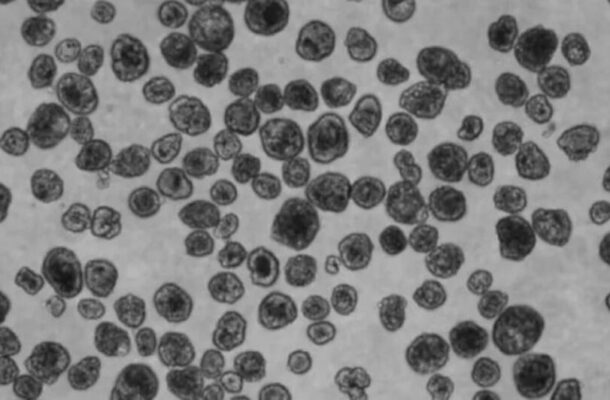Explore the realm of scientific innovation as researchers from Tufts University and Harvard's Wyss Institute unveil living robots, known as anthropotes, created from human cells. Delve into the potential applications and the groundbreaking research that challenges conventional notions of robotics and living organisms.
Introduction: In a groundbreaking revelation, scientists from Tufts University and Harvard's Wyss Institute have achieved a remarkable feat—creating living robots using human cells. These anthropotes, as they are aptly named, exhibit unprecedented mobility within a laboratory setting, sparking hopes for future applications in healing wounds and restoring damaged tissues. This groundbreaking study builds upon earlier experiments with xenobots, marking a significant leap in the convergence of biological and robotic realms.
From Xenobots to Anthropotes: A Evolutionary Leap:
The journey began with the creation of xenobots, the first living robots, crafted from stem cells extracted from African clawed frog embryos. Now, the scientific team has pushed the boundaries further by using human cells to engineer anthropotes. This evolutionary leap underscores the versatility of living systems and challenges preconceived notions about the limitations of cellular manipulation.
Anthropotes: Tiny Marvels with Potential Healing Powers:
Measuring mere millimeters, these anthropotes showcase remarkable mobility within a controlled environment, navigating a lab dish with ease. The study hints at a future where these tiny marvels could play a pivotal role in medical applications, potentially contributing to the healing of wounds and regeneration of damaged tissues. The implications of this breakthrough extend beyond conventional robotics, ushering in a new era of biohybrid entities.
Challenging Conventional Categories: Beyond Machines and Animals:
Professor Michael Levin, the Vannevar Bush Professor of Biology at Tufts School of Arts and Sciences, challenges conventional categorizations in robotics and biology. Contrary to assumptions that the unique features of xenobots were tied to their embryonic and amphibious nature, Levin asserts that these properties are more universal. The study prompts a reevaluation of binary categories, emphasizing the need to transcend rigid distinctions between robots, animals, and machines.
Incomplete Life Cycles and Unexplored Cellular Powers:
While anthropotes exhibit mobility and functionality, they do not follow a complete life cycle, blurring the lines between conventional definitions of living organisms. Professor Levin emphasizes the vast and unexplored capabilities of the cells within our bodies, challenging the scientific community to delve deeper into the intricacies of cellular intelligence.
Scientific Frontiers Explored: Publication in Advanced Science:
The culmination of this pioneering research is documented in a comprehensive study published in the esteemed journal Advanced Science. The publication not only details the creation of anthropotes but also invites the scientific community to explore the uncharted territories of cellular dynamics and biohybrid robotics.
In conclusion, the creation of anthropotes marks a paradigm shift in the intersection of biology and robotics. As these living robots crafted from human cells navigate laboratory dishes, they open up new horizons for medical applications and redefine our understanding of the potential within the microscopic world. Stay tuned as science continues to unravel the mysteries of cellular intelligence and shape the future of biohybrid entities.


Comments